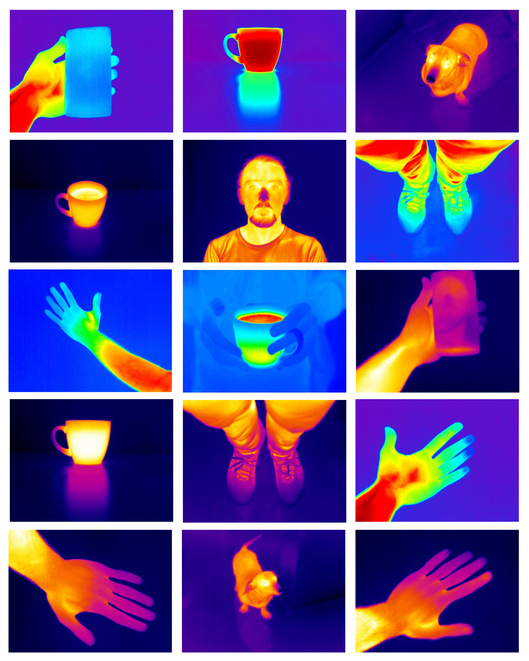 When choosing a thermal imaging camera, there’s no single solution for all applications. Whether you need thermal imaging for building inspection, high-end surveillance and security, machine vision and automation, or any other thermography application, there are several considerations you should take into account before purchasing a thermal imaging camera.
When choosing a thermal imaging camera, there’s no single solution for all applications. Whether you need thermal imaging for building inspection, high-end surveillance and security, machine vision and automation, or any other thermography application, there are several considerations you should take into account before purchasing a thermal imaging camera.
5 Qualities to Look for in a Thermal Imaging Camera
To find the right thermal imaging camera, you’ll have to assess 5 major qualities of the camera in comparison with the needs of your unique application.
- Temperature Range: the temperature range of a thermal imaging camera may be one of the most important considerations. At what likely temperature will you be capturing images? Will there be a wide disparity in temperatures? The first consideration needs to be the temperature range of the camera.
- Resolution: Most thermal imaging cameras have lower pixel counts than visible-light cameras, so assessing detector resolution is also an important consideration. The size of your imaging area and target will dictate the resolution needed. Small object detection will require high-resolution thermal imaging cameras.
- Accuracy and Repeatability: Often times a thermal imaging camera isn’t just used to detect differences in temperature, it’s used to measure the differences in temperature. In this sense, accuracy and repeatability are key considerations. Most high quality thermal imaging cameras achieve a ±2% accuracy or better.
- Image Fusion: In certain applications, thermal images must be compared to visible light images to clearly present findings in temperature differences. Some thermal imaging cameras come with the ability to clearly highlight the difference between thermal and visible images, which makes image capture in these applications much easier.
- Durability: the durability of a thermal imaging camera is important, especially for applications like high-end surveillance, security and monitoring of critical infrastructure. If thermal imaging cameras must sit outdoors for long periods of time, or be moved around a rugged industrial environment, durability will be an important consideration.
There are many different models of thermal imaging cameras out there and choosing the right one may seem difficult at times. Assessing the 5 camera qualities listed above will point you in the right direction.
There’s no single thermal imaging camera for all applications. Each deployment of a thermal camera calls for unique performance attributes based on the individual requirements of your application.
For more help selecting a camera, browse some of the top thermal imaging cameras on the market from Phase 1 Technology.
